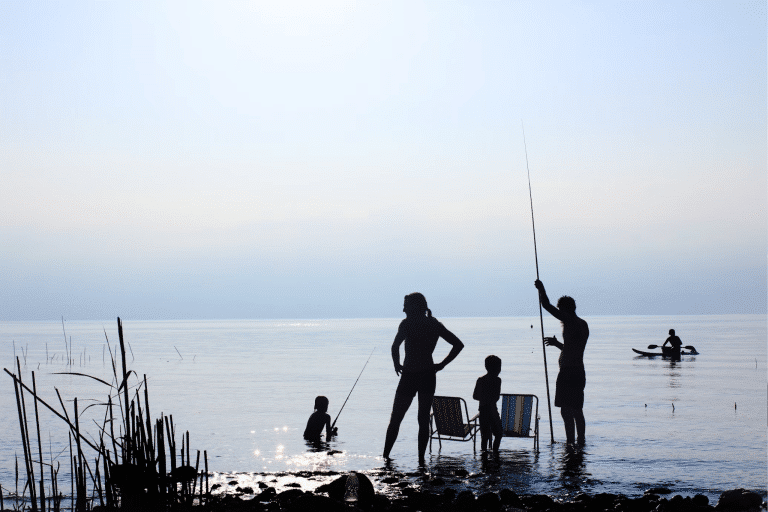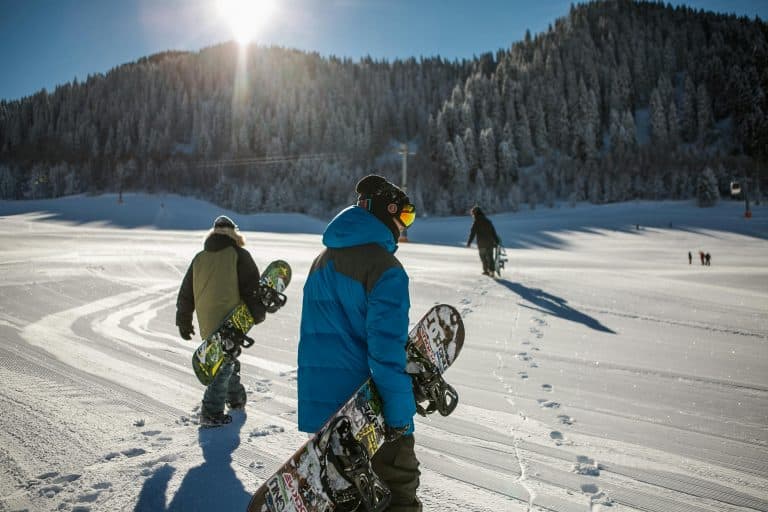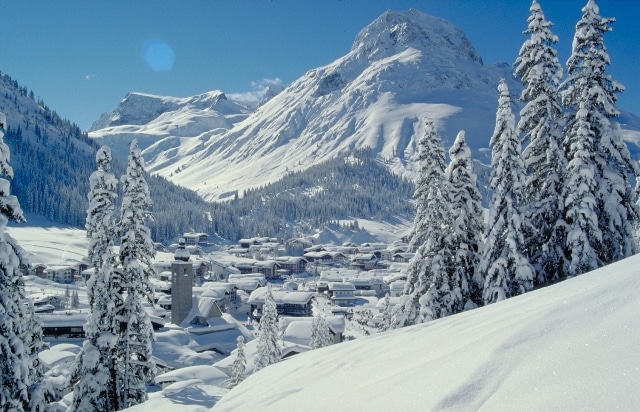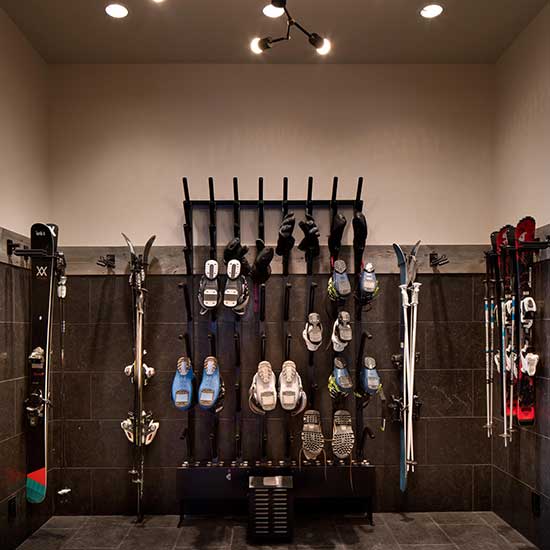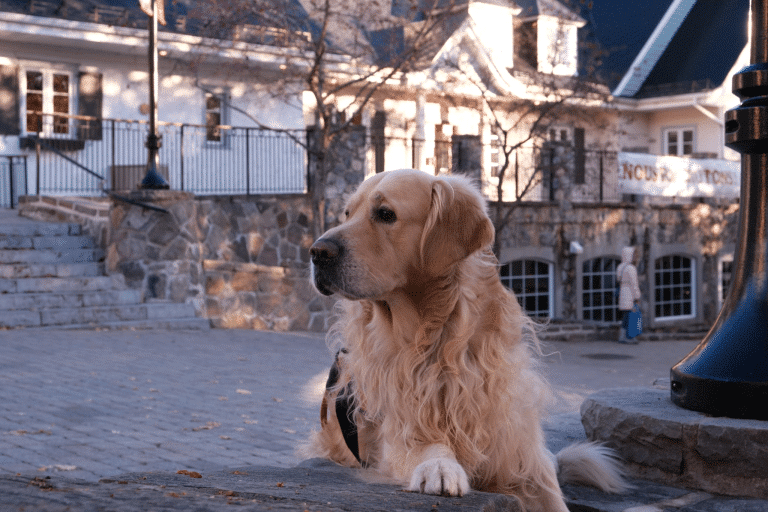Ever wondered what it’s really like to move to a new city alone? It’s exciting—new streets, fresh routines, and the promise of a clean start. But it’s also a challenge, especially if you’re leaving behind a place like Cincinnati with deep roots and familiar comfort.
Whether you’re starting a new job, heading to school, or simply craving change, moving solo takes more than guts—it takes a plan. In this blog, we’ll explore practical steps to help you settle in, find your footing, and feel at home in your next chapter.
Start by Learning the Lay of the Land
Before your moving boxes are even taped shut, it’s worth diving into the details of your new city. Learn what neighborhoods fit your lifestyle. Is it better to live near a coffee shop or closer to a quiet park? Check out public transit maps, cost of living comparisons, and the vibe of different areas.
Look for local groups on social platforms where residents share tips, recommendations, and even housing leads. Add to your checklist things like local hospitals, grocery stores, walk-in clinics, and banks.
When you land, you’ll feel less like a stranger and more like someone who belongs.
Build a Budget You Can Actually Stick To
Moving alone often means handling every cost yourself, so it’s important to map out your expenses early. Start with the obvious: rent, utilities, groceries, and transportation. Then add the hidden stuff—like moving supplies, security deposits, and first-week takeout when your kitchen’s still in boxes.
Want to stretch your dollars further? Explore shared housing options or smaller studios in up-and-coming neighborhoods. Set aside a little extra for emergencies, even if it’s modest. Budgeting apps can help you stay on track without overthinking it.
Choose Movers That Know the Area
If you’re hiring professionals to help with the move, local expertise matters. Search for Cincinnati movers who’ve earned good reviews and understand the logistics of getting you out of town with minimal stress. Compare quotes, ask detailed questions about services, and confirm availability early—especially if you’re moving during peak seasons.
Even if you’re packing light, having pros manage the heavy lifting can ease the load—literally and mentally.
Secure a Place to Land (Even Temporarily)
Not everyone can sign a lease before they arrive. If that’s your case, don’t sweat it. Short-term housing can give you breathing room to explore. Extended-stay hotels, Airbnb rentals, or month-to-month sublets let you ease into the city while you scout long-term options.
Make sure wherever you stay is safe, centrally located, and well-reviewed. Use this time to get a sense of the neighborhoods—how they feel during the day, how quiet they are at night, and whether you can picture yourself there for the long haul.
Pack Like You Mean It
Start packing earlier than you think you need to. Trust us. Use the move as a chance to purge what you don’t use or love. Create a “first week” box with clothes, toiletries, chargers, and snacks—basically anything you’d rather not dig for in a sea of cardboard.
Label every box clearly, and keep personal documents like IDs, lease agreements, and medical records with you during the move.
Notify Everyone Who Needs to Know
Forward your mail through USPS so important documents don’t get lost in limbo. Notify your bank, insurance providers, and any subscription services of your address change. Cancel utilities at your old home and arrange for them to be turned on at your new one.
Don’t forget to update your employer, friends, and family too. And if you’re relying on the internet for work or streaming, schedule installation ahead of time to avoid tech-free downtime.
Walk Your New Neighborhood Like a Local
Once you arrive, explore the area around your new home on foot. Notice the coffee shops, markets, gyms, and community boards. Introduce yourself to neighbors—even a simple wave can open the door to future friendships. Keep an eye out for community events or farmers markets where people naturally gather. Getting outside and involved will speed up your connection to the place.
Create a New Support Circle
Relocating solo means rebuilding your social network from scratch, and that can feel intimidating—but it’s doable. Join fitness classes, attend local meetups, or volunteer for causes you care about. Find clubs, creative workshops, or professional groups aligned with your interests.
These are great spaces to meet people who already share your values. Keep your old friends close through regular calls or messages, but don’t be afraid to form new bonds where you are now.
Be Mindful of Safety
Your comfort and security are non-negotiable. Research safe neighborhoods before choosing where to live. Once moved in, make sure your home has working locks, window latches, and, if possible, a security system. Keep emergency numbers saved in your phone. Stay alert when exploring new areas, especially after dark. Trust your instincts. If something doesn’t feel right, listen to that voice.
Take Care of Your Mental Health
New beginnings can bring stress, especially when you’re managing them alone. Create a daily routine to ground yourself. Include things that make you feel good, like walking, reading, or cooking something simple. Make time for rest and reflection. Try journaling if you feel overwhelmed. And if anxiety becomes too much to manage solo, don’t hesitate to seek support from a therapist—many now offer online sessions that make help easier to access.
Think About Your Career Path
If you haven’t lined up a job yet, don’t panic. Start by updating your resume and location on job search platforms. Reach out to recruiters, attend career fairs, and explore local networking events. Cities are full of unexpected opportunities—consulting gigs, side hustles, or industries you hadn’t considered. Stay open, and stay persistent.
Be Present and Embrace the Unknown
Moving alone to a new city isn’t just a physical move—it’s an emotional one. You’re stepping out of a known life into something full of possibility. So allow yourself to experience it all—the excitement, the discomfort, the curiosity.
Try new foods. Wander without a plan. Say yes to an invitation even if it feels awkward. This is your chance to learn what you love, on your own terms. Document it if you want to. You might just look back and realize it was the best thing you ever did. All in all, starting over somewhere new takes courage. But within that leap is room to grow, stretch, and discover new layers of yourself. You don’t need to have it all figured out on day one. Just take it step by step.
Stay open, stay grounded, and remember—you’re not just moving to a new city. You’re building a new version of home.









